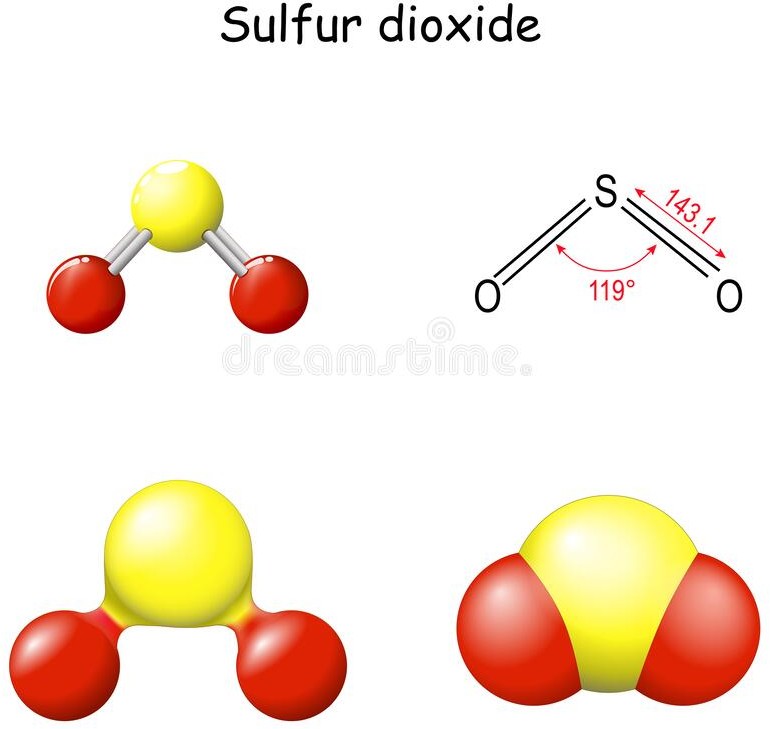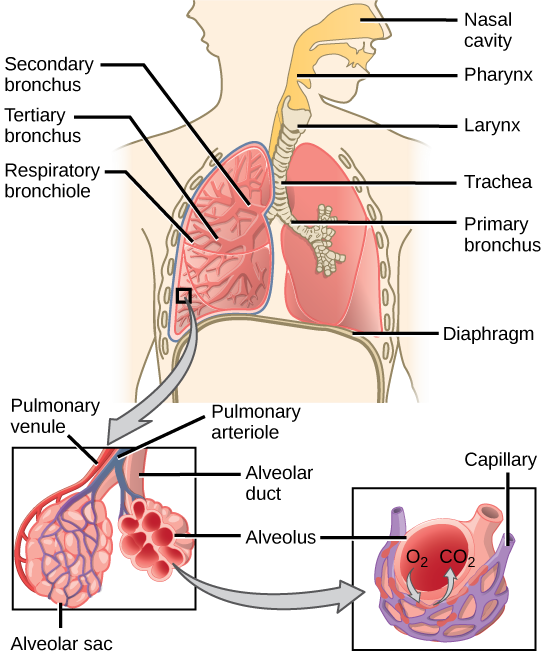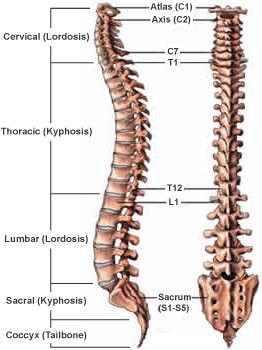What is the primary physiological function of erythrocytes in the human circulatory system?
A. Facilitation of gas exchange in the alveoli
B. Regulation of blood pH through the release of bicarbonate ions
C. Transportation of oxygen to body tissues
D. Synthesis of clotting factors in response to vascular injury
Red blood cells, also known as erythrocytes, play a crucial role in the circulatory system, primarily by facilitating the transportation of oxygen to body tissues. The other choices are also explained below:
A. Facilitation of gas exchange in the alveoli: While gas exchange occurs in the alveoli of the lungs, it is primarily carried out by the respiratory system and involves the exchange of oxygen and carbon dioxide between air and blood. Red blood cells do not directly participate in this process.
B. Regulation of blood pH through the release of bicarbonate ions: The regulation of blood pH is mainly maintained by the bicarbonate buffering system, which involves the action of the respiratory and renal systems. Red blood cells do play a minor role in transporting carbon dioxide, which can indirectly influence pH, but it's not their primary function.
D. Synthesis of clotting factors in response to vascular injury: Clotting factors are primarily produced by the liver and are involved in the blood clotting process to prevent excessive bleeding. Red blood cells are not directly responsible for synthesizing these factors.
Therefore, the Correct Answer is C.





